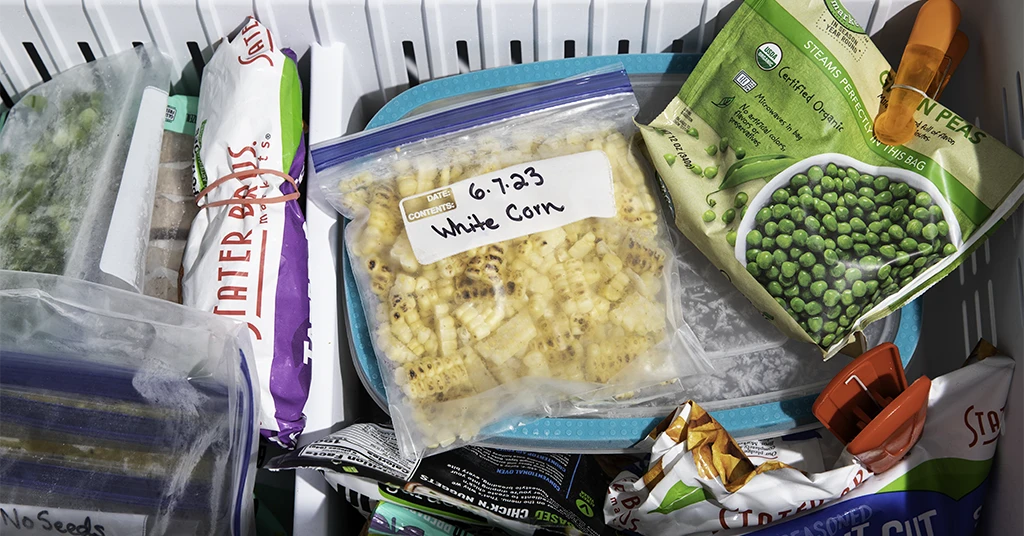In today’s fast-paced world, it’s essential to make the most of our resources and reduce waste wherever possible. One area where we can make a significant impact is in food preservation. By storing food properly, we can make it last longer, waste less, and save money in the end.
This guide will teach you important tips for preserving food. It will cover topics such as proper storage in the fridge and pantry, using storage containers, and maximizing freezer space. Get ready to revolutionize your approach to food storage and ensure your groceries stay fresh for longer.
The Importance of Food Preservation
Food preservation is not only about reducing waste but also about saving money and ensuring the safety of our food. By properly storing our groceries, we can extend their shelf life, prevent unnecessary spoilage and reduce the need for frequent grocery shopping. Additionally, proper food preservation techniques minimize the risk of foodborne illnesses by maintaining optimal storage conditions. With the rising cost of groceries, mastering the art of food preservation is more crucial than ever.
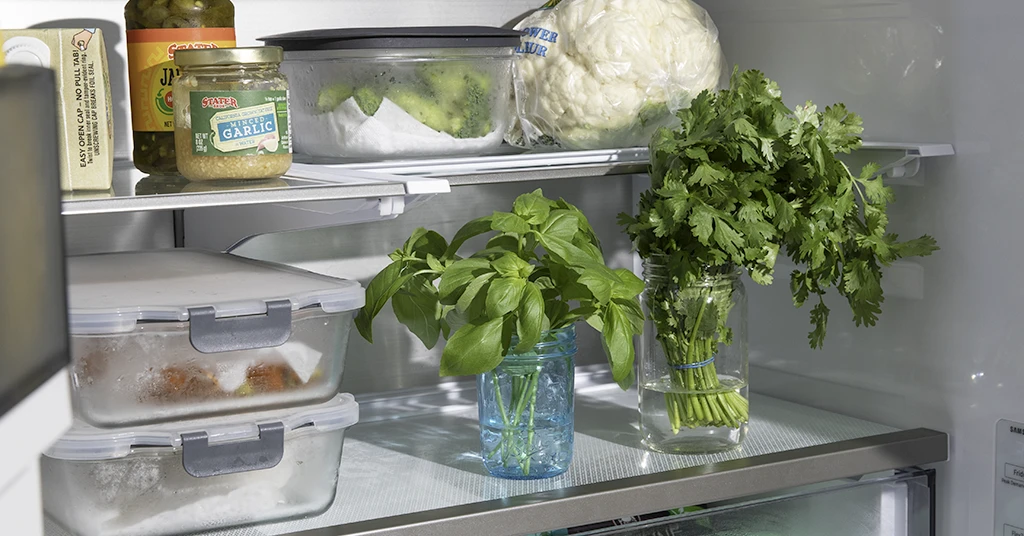
Refrigeration: Keeping Your Ingredients Fresh
One of the primary methods of food preservation is refrigeration. By keeping our ingredients at the right temperature and properly organizing our refrigerator, we can ensure their freshness and longevity. Let’s dive into some essential tips for refrigeration.
Optimal Refrigerator Temperature
Maintaining the correct temperature is crucial for preserving the quality of your food. The ideal refrigerator temperature is between 35°F (1.7°C) and 38°F (3.3°C). This range helps inhibit bacterial growth and keeps your perishable items fresh for longer. It is essential to regularly check and adjust the temperature settings to ensure they remain within this range.
Proper Organization of Your Refrigerator
Properly organizing your refrigerator is key to maximizing its efficiency and preserving your ingredients. Here are some tips for effective refrigerator organization:
- Categorize your items: Group similar items together, such as dairy products, fruits, vegetables, and meats. This arrangement helps you locate ingredients easily and reduces the chances of cross-contamination.
- Utilize storage containers: Invest in clear, airtight storage containers to store leftovers and ingredients. These containers help maintain freshness and prevent odors from spreading to other items in the refrigerator.
- Label and date your containers: To keep track of the freshness of your stored items, label each container with its contents and the date it was stored. This practice ensures you use the oldest items first and reduces the risk of consuming expired food.
To learn more about reorganizing your fridge, read our blog post on Spring Cleaning: How to Clean and Organize Your Refrigerator.
Storing Dairy Products
Dairy products, such as milk and cheese, require specific storage conditions to maintain their quality. Here are some guidelines for storing dairy products in your refrigerator:
- Store milk on the bottom shelf: Milk should be stored on the bottom shelf of your refrigerator, where it is coldest. This placement helps maintain its freshness and prevents spoilage.
- Keep cheese in airtight containers: Cheese tends to absorb odors from other foods. Therefore, it’s best to store it in airtight containers or wrap it tightly in plastic wrap to maintain its flavor and prevent cross-contamination.
Keeping Meat and Produce Separate
To prevent cross-contamination and ensure food safety, it’s crucial to store raw meat separately from other ingredients. Here are some tips for proper meat storage:
- Use separate containers or sealable bags: Store raw meat in separate containers or sealable bags to prevent any juices from coming into contact with other foods. This practice reduces the risk of bacterial contamination.
- Place meat on the bottom shelf: To further minimize the risk of cross-contamination, store raw meat on the bottom shelf of your refrigerator. This placement prevents any potential drippings from contaminating other items.
Preserving Fresh Herbs
Herbs, such as parsley, cilantro, and basil, can quickly wilt if not stored properly. Here’s a simple method for preserving the freshness of your herbs:
- Trim the stems: Remove any wilted or discolored leaves from the stems of your herbs.
- Place in water: Fill a tall glass or jar with a small amount of water and place the trimmed herb stems inside. Cover the herbs loosely with a plastic bag to retain moisture.
- Refrigerate: Store the glass or jar in the refrigerator and change the water every few days to keep the herbs fresh. This method can help extend the shelf life of your herbs for up to a week.
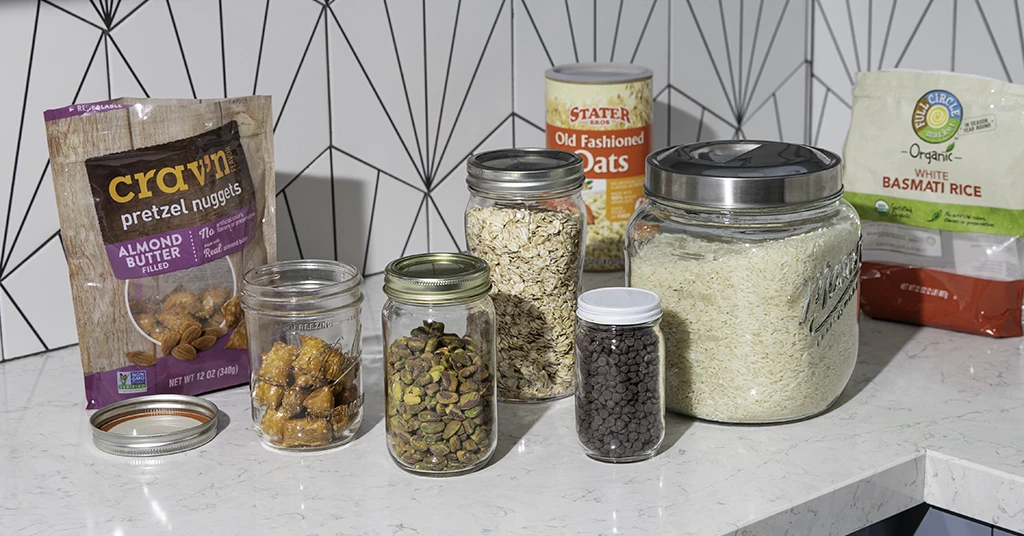
Pantry Organization: A Key to Long-lasting Ingredients
Proper pantry organization is essential for maintaining the freshness and quality of non-perishable ingredients. By creating an organized and well-maintained pantry, you can easily access your ingredients and reduce the risk of spoiled or forgotten items. Let’s explore some tips for effective pantry organization.
Optimal Pantry Conditions
To create an ideal pantry environment, consider the following factors:
- Temperature and humidity: Pantry items should be stored in a cool, dry place away from direct sunlight. Excessive heat and humidity can accelerate the deterioration of ingredients.
- Air circulation: Ensure proper air circulation within your pantry by avoiding overcrowding and leaving space between items. This circulation helps maintain a consistent temperature and prevents the buildup of odors.
Storing Fruits and Vegetables
Not all fruits and vegetables require refrigeration. Some can be stored at room temperature or in a cool pantry to maintain their freshness. Here are some examples of produce that can be stored outside the refrigerator:
- Citrus fruits: Oranges, lemons, and limes can be stored at room temperature. However, if you plan to store them for an extended period, refrigeration can prolong their shelf life.
- Onions and garlic: These pantry staples should be stored in a cool, dark place with good ventilation. Avoid storing onions and potatoes together, as they can cause each other to spoil faster due to the release of ethylene gas.
The Power of Glass Storage Containers
Glass storage containers are a fantastic investment for preserving the freshness of your ingredients. Here’s why they are superior to plastic containers:
- Non-porous material: Glass containers are non-porous, meaning they don’t absorb odors or flavors from your food. This quality helps maintain the integrity of your ingredients and prevents cross-contamination.
- Durability: Glass containers are more durable than plastic containers and are less likely to become stained or warped over time. They can withstand high temperatures, making them suitable for both refrigeration and reheating leftovers.
Utilizing Plastic Storage Containers
Plastic storage containers can also be useful for pantry organization. Here are some tips for utilizing plastic containers effectively:
- Choose BPA-free containers: When selecting plastic storage containers, opt for BPA-free options to avoid potential health risks.
- Label your plastic containers with contents and expiration dates to track pantry inventory and use items before they expire.
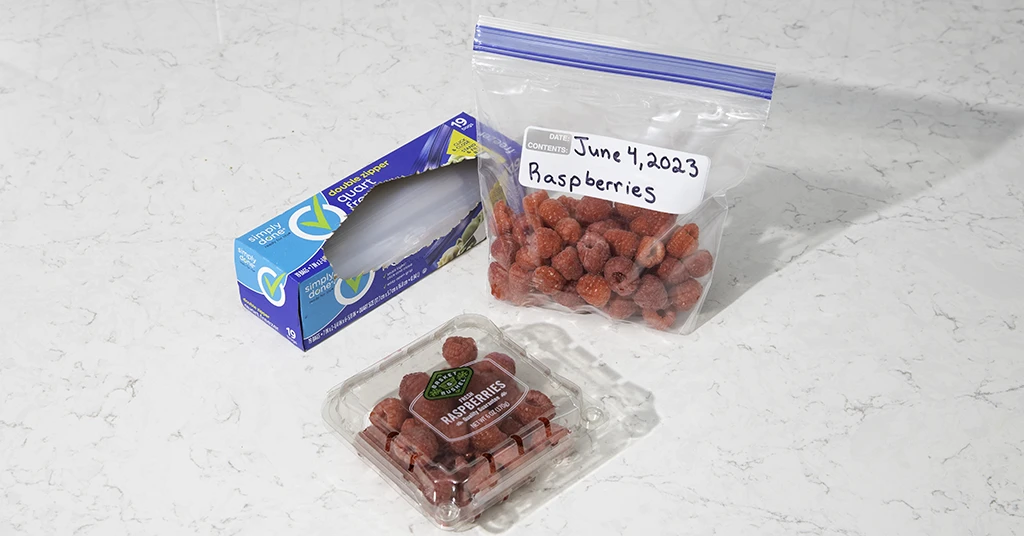
Freezer: Making the Most of Your Freezer Space
The freezer is a valuable tool for food preservation, allowing you to extend the shelf life of your ingredients and reduce waste. By utilizing proper freezing techniques, you can ensure your food stays fresh and delicious for an extended period. Let’s explore some tips for maximizing your freezer space.
Freezing Seasonal Produce
When produce is in season, it’s abundant and often more affordable. To take advantage of seasonal produce and enjoy it year-round, consider freezing the excess. Here’s how to freeze seasonal produce properly:
- Wash and prep: Wash your produce thoroughly and remove any stems, cores, or inedible parts. Cut the fruits or vegetables into the desired size for future use.
- Blanching: Blanching is a process that involves briefly boiling the produce and then immediately transferring it to an ice bath. Blanching helps preserve the color, texture, and nutritional value of the produce.
- Packaging: Place the blanched produce in freezer-safe bags or containers, ensuring they are properly sealed to prevent freezer burn. Label each container with the contents and date for easy identification.
Creating Homemade Stocks and Broths
Homemade stocks and broths add depth and flavor to your dishes. By making your own and freezing them, you can always have a flavorful base ready for your recipes. Here’s how to freeze homemade stocks and broths:
- Cooling: Allow the homemade stock or broth to cool completely before transferring it to freezer-safe containers. Leaving enough headspace in the containers allows for expansion during freezing.
- Portioning: Consider portioning the stock or broth into smaller containers or using ice cube trays. This way, you can defrost only the amount you need for a particular recipe.
- Labeling: Label each container with the type of stock or broth and the date it was made. This labeling practice helps you keep track of the freshness of your homemade stocks and broths.
Portioning Meals for Easy Access
Portioning meals before freezing them can save you time and effort in the long run. By dividing larger recipes into individual servings, you can easily defrost and enjoy homemade meals whenever you need them. Here’s how to portion meals effectively:
- Choose freezer-safe containers: Select containers that are suitable for freezing and can withstand low temperatures without cracking or breaking. Consider using reusable containers or freezer bags for eco-friendly options.
- Divide into individual servings: Divide the prepared meal into individual servings, taking into account your typical portion sizes. This step allows for easy defrosting and avoids potential waste when reheating larger portions.
- Label and date: Label each container with the name of the meal and the date it was prepared. This labeling ensures you can identify each meal and consume them in a timely manner.
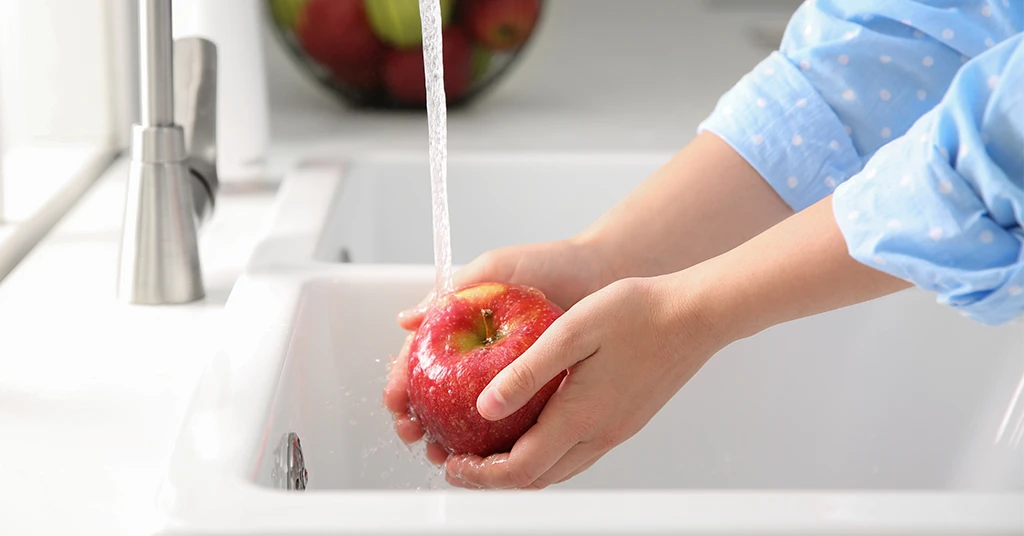
Maximizing Shelf Life: Tips and Tricks
In addition to proper refrigeration, pantry organization, and freezer utilization, there are other techniques you can employ to maximize the shelf life of your ingredients. Let’s explore some additional tips and tricks for food preservation.
Properly Washing and Drying Produce
Washing and drying your produce correctly can significantly extend its shelf life. Here’s a step-by-step guide to properly washing and drying your fruits and vegetables:
- Rinse thoroughly: Rinse your produce under cool running water to remove any dirt or debris. Use a vegetable brush for harder-skinned produce, such as potatoes or cucumbers.
- Pat dry: After rinsing, gently pat dry your produce with a clean kitchen towel or paper towel. Removing excess moisture helps prevent the growth of bacteria and fungi.
- Store in breathable containers: Place your washed and dried produce in breathable containers, such as mesh bags or perforated plastic bags. Avoid sealing them tightly, as proper airflow is essential for maintaining freshness.
The Vinegar Solution for Berries
Berries are delicious and nutritious, but they tend to spoil quickly. To prolong their shelf life, try using a simple vinegar solution. Here’s how:
- Prepare the solution: Mix three parts of water with one part of vinegar in a bowl or sink.
- Soak the berries: Gently place the berries in the vinegar solution and let them soak for a few minutes.
- Rinse and dry: Rinse the berries thoroughly under cool running water to remove any vinegar taste. Pat them dry with a kitchen towel or paper towels before storing them.
Roasting Vegetables for Extended Shelf Life
Roasting vegetables not only enhances their flavor but also helps extend their shelf life. Here’s why roasting can be a useful technique for food preservation:
- Reduced moisture content: Roasting vegetables removes excess moisture, making them less prone to spoilage. It also concentrates their flavors, making them more enjoyable to eat.
- Meal prep convenience: Roasted vegetables can be easily incorporated into various dishes or enjoyed as standalone sides. By having them readily available, you can save time on meal preparation.
Storing Grains in Airtight Containers
Storing grains properly is essential to prevent them from going stale or attracting pests. Here’s how to keep your grains fresh and flavorful:
- Transfer to airtight containers: When purchasing grains in bulk, transfer them to airtight containers to maintain their freshness and prevent insect infestation. Glass or plastic containers with secure lids work well for this purpose.
- Label and date: Label each container with the type of grain and the date of storage. This labeling practice helps you keep track of the freshness of your grains and use older ones first.
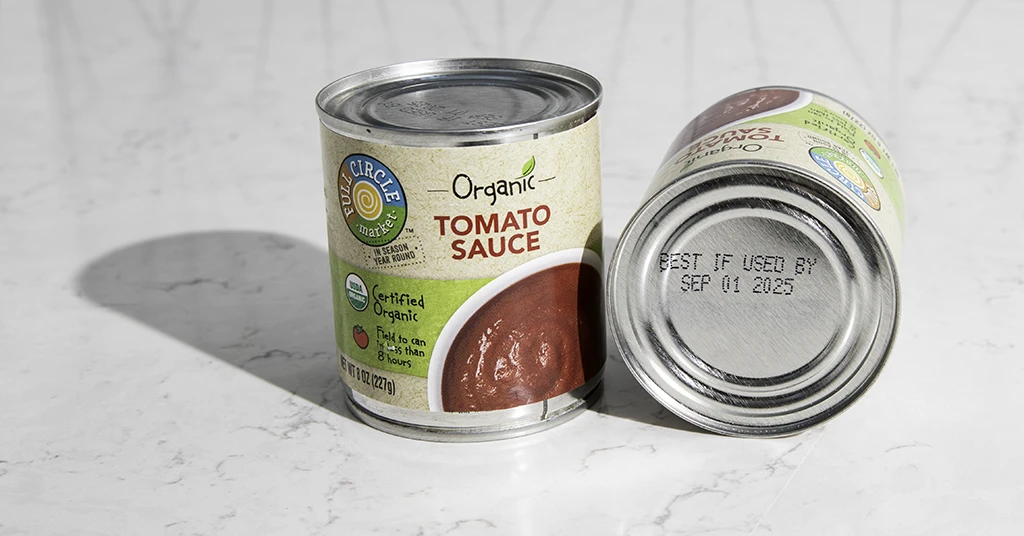
Maintaining Food Safety
Alongside food preservation, maintaining food safety is paramount to ensure the well-being of you and your family. By following proper food safety guidelines, you can reduce the risk of foodborne illnesses and enjoy your meals with peace of mind. Let’s explore some essential food safety practices.
Regularly Checking Refrigerator Temperature
Regularly monitoring and adjusting your refrigerator’s temperature is crucial for food safety. Here’s how to ensure your refrigerator is operating at the correct temperature:
- Use a refrigerator thermometer: Place a refrigerator thermometer in the main compartment of your fridge to monitor the temperature accurately.
- Check for consistency: Regularly check the thermometer to ensure the temperature remains within the recommended range of 35°F (1.7°C) to 38°F (3.3°C).
Avoiding Cross-Contamination
Cross-contamination occurs when bacteria from one food item spread to another, potentially leading to food-borne illnesses. Here are some guidelines to prevent cross-contamination:
- Separate raw and cooked foods: Keep raw meats, poultry, and seafood separate from other foods, especially those that will be consumed raw or without further cooking.
- Use separate cutting boards and utensils: Designate specific cutting boards and utensils for raw meats and another set for fruits, vegetables, and cooked foods. This practice helps prevent the transfer of harmful bacteria.
Understanding Expiration Dates
Understanding expiration dates is essential for determining the freshness and safety of your food. Here’s a breakdown of common expiration date labels:
- Sell-by date: This date indicates the last day a store should sell a product. It does not necessarily mean the food is spoiled after this date, but it’s best to consume it soon.
- Best-by date: The best-by date indicates the period during which a product is at its peak quality. After this date, the food may start to deteriorate in terms of taste and texture but is still safe to consume.
Conclusion
By implementing the food preservation techniques outlined in this guide, you can significantly extend the shelf life of your groceries, reduce food waste, and save money. From proper refrigeration and pantry organization to utilizing storage containers and maximizing freezer space, each step plays a vital role in maintaining the freshness and quality of your ingredients. Embrace the art of food preservation and enjoy the benefits of longer-lasting groceries and delicious meals. Let’s make a positive impact on our environment and our wallets by adopting these sustainable practices. Happy preserving!
